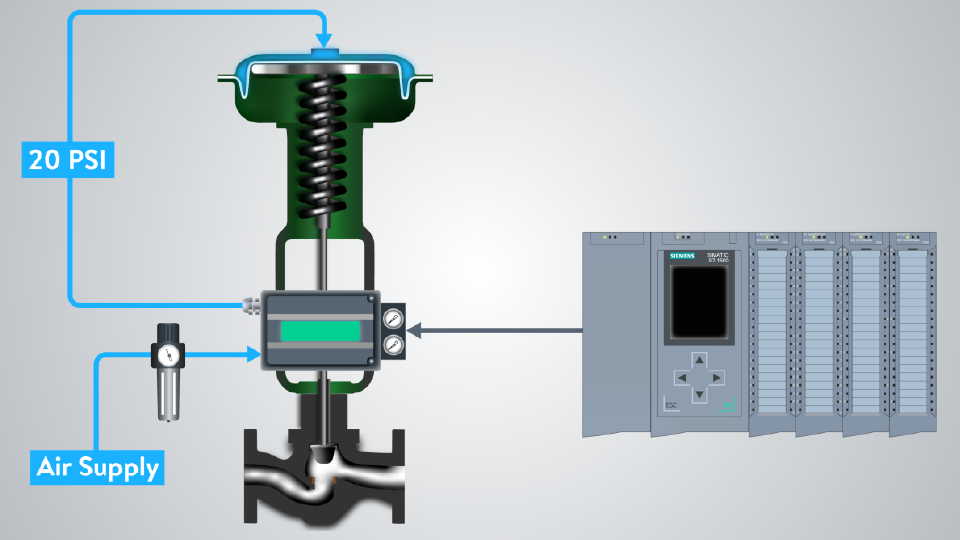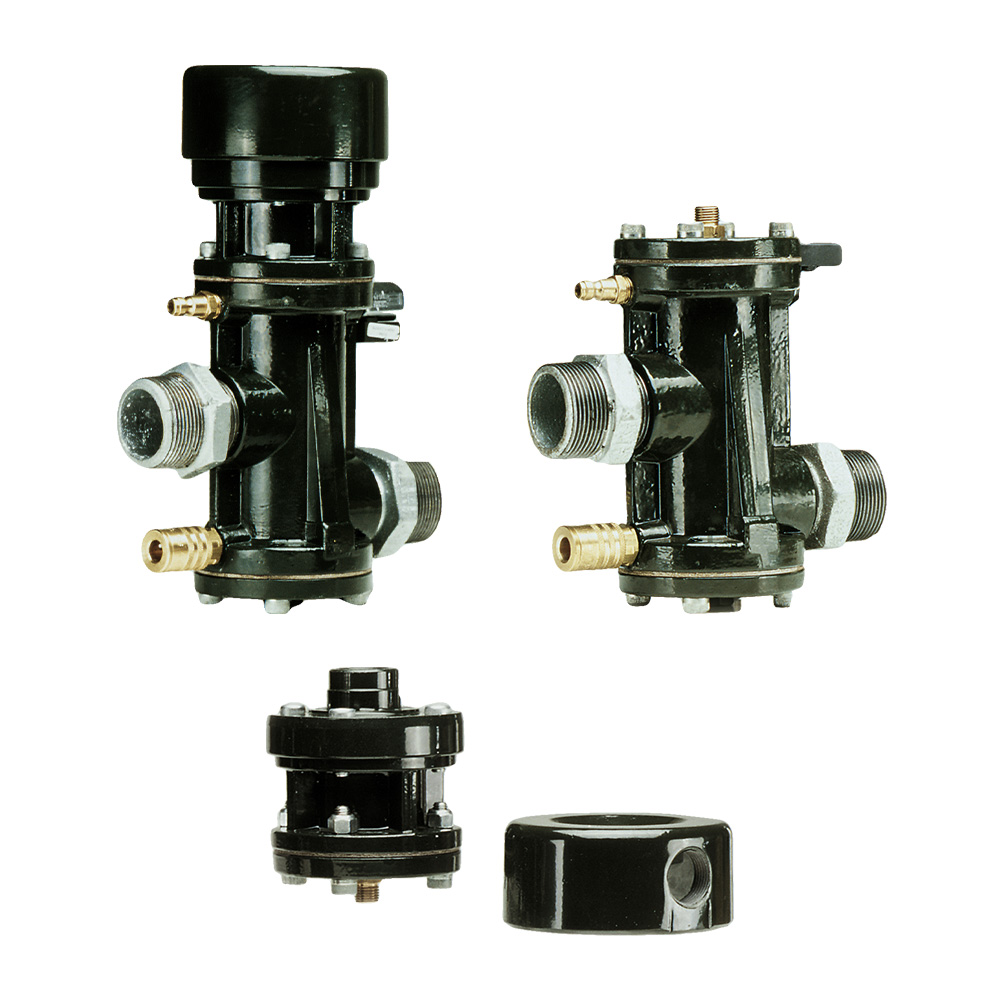How Control Valves Impact Energy Effectiveness in Industrial Settings
How Control Valves Impact Energy Effectiveness in Industrial Settings
Blog Article

Maximize Energy Savings and Convenience With Advanced Building Automation Controls
In the world of modern-day design and center administration, the combination of sophisticated building automation regulates stands as an essential innovation. By harnessing the power of automation, buildings can adapt, respond, and evolve in ways that were once unthinkable.
Power Performance Benefits
Power effectiveness advantages can dramatically lower power usage and functional costs in structures. By carrying out energy-efficient practices and modern technologies, building proprietors and drivers can accomplish substantial financial savings while also adding to environmental sustainability. One of the key advantages of improving power performance in structures is the reduction of utility bills. Energy-efficient systems, such as sophisticated building automation controls, can maximize using resources like cooling, lighting, and heating, causing lower power expenditures in time.
Moreover, improved power efficiency can lengthen the lifespan of structure tools and systems. By running much more efficiently, heating and cooling systems, lighting fixture, and various other structure components experience less wear and tear, resulting in reduced upkeep and replacement prices. Furthermore, energy-efficient structures usually regulate greater residential property values and rental prices, providing long-term financial benefits to proprietors.
Furthermore, power efficiency can boost occupant convenience and efficiency. Properly managed interior environments with ideal lighting and thermal problems create a more pleasurable and helpful office, resulting in improved employee fulfillment and performance. Generally, the power efficiency advantages related to advanced building automation controls are complex, incorporating cost financial savings, environmental stewardship, and owner health.
Improved Comfort Control
Enhancing convenience control in structure settings requires an innovative combination of sophisticated automation systems for optimum owner well-being. By utilizing sophisticated building automation controls, facilities can customize the interior setting to meet the certain demands and preferences of passengers. These systems make it possible for exact policy of temperature, lighting, and air flow, developing a comfortable and productive environment. Passenger contentment and performance are carefully linked to thermal comfort, making it necessary to have systems in area that can adapt to changing conditions in real-time.
Improved convenience control surpasses standard temperature changes. It includes attributes such as tailored settings, tenancy sensors, and all-natural light utilization to produce a responsive and vibrant environment. By including these sophisticated controls, structures can not only boost comfort but additionally enhance power efficiency by maximizing system procedures based upon real occupancy and usage patterns. Ultimately, focusing on occupant convenience through sophisticated automation systems brings about a more delightful and healthier indoor atmosphere.
Operational Efficiency Improvements

In addition, the application of real-time surveillance and analytics devices enables structure drivers to identify power inadequacies and functional abnormalities promptly. By continually keeping an eye on power use patterns and system performance metrics, adjustments can be made in real-time to optimize energy consumption and ensure peak functional efficiency. control valves. In addition, incorporating need reaction approaches into structure automation controls can additionally enhance functional performance by dynamically changing power usage based on grid problems and rates signals
Indoor Climate Optimization
Effective indoor climate optimization is a basic aspect of structure automation controls, guaranteeing owners' comfort this contact form and wellness while making best use of energy financial savings. By utilizing innovative sensors and controls, developing automation systems can continually check and change temperature, moisture levels, air high quality, and ventilation to create an optimum interior environment. Maintaining comfortable and consistent conditions not only boosts resident contentment but likewise improves efficiency and total health.
Indoor climate optimization also plays a critical role in power efficiency. By fine-tuning cooling, ventilation, and home heating systems based upon real-time information and tenancy patterns, constructing automation controls can significantly reduce energy usage - control valves. For example, carrying out approaches such as demand-controlled air flow and thermal zoning can aid minimize power waste while making certain that each location of the building gets the required conditioning.

Lasting Atmosphere Creation
Structure automation controls not just optimize interior climate problems for energy performance and resident comfort yet additionally lay the foundation for creating a lasting atmosphere via calculated management of sources and systems. By integrating innovative building automation technologies, such as sensing units, actuators, and intelligent software application, facilities can readjust and keep track of power use in real-time to lessen waste and reduce their carbon footprint. These systems allow anticipating upkeep, determining possible issues before they intensify and enhancing devices efficiency to enhance durability and performance.
Furthermore, sustainable setting production extends beyond power monitoring to incorporate water preservation, waste reduction, and indoor air high quality enhancement. Structure automation controls can manage water use, discover leakages, and ensure appropriate garbage disposal techniques, contributing to general sustainability initiatives. Furthermore, by managing and checking air flow and filtration systems, these innovations enhance resident wellness and productivity while reducing power usage connected with HVAC operations.
Verdict
Finally, advanced structure automation manages offer content substantial advantages in terms of energy savings, comfort control, functional performance, interior environment optimization, and creating a lasting atmosphere. By carrying out these controls, structures can accomplish optimum performance while lowering power consumption and boosting occupant comfort. It is noticeable that using sophisticated automation technology is critical in enhancing building performance and developing a more lasting future.
Energy efficiency advantages can substantially decrease power consumption and functional costs in buildings. On the whole, the power performance benefits connected with advanced structure automation controls are multifaceted, incorporating expense financial savings, environmental stewardship, and owner well-being.
In addition, incorporating demand reaction methods right into structure automation controls can further enhance operational efficiency by dynamically readjusting energy usage based on grid conditions and prices signals.
Building automation regulates not just optimize interior environment problems for energy efficiency and owner convenience yet likewise lay the structure for developing a lasting environment with strategic administration of sources and systems.In final thought, progressed building automation regulates offer considerable benefits in terms of power financial savings, convenience control, functional performance, interior climate optimization, and producing a lasting atmosphere.
Report this page